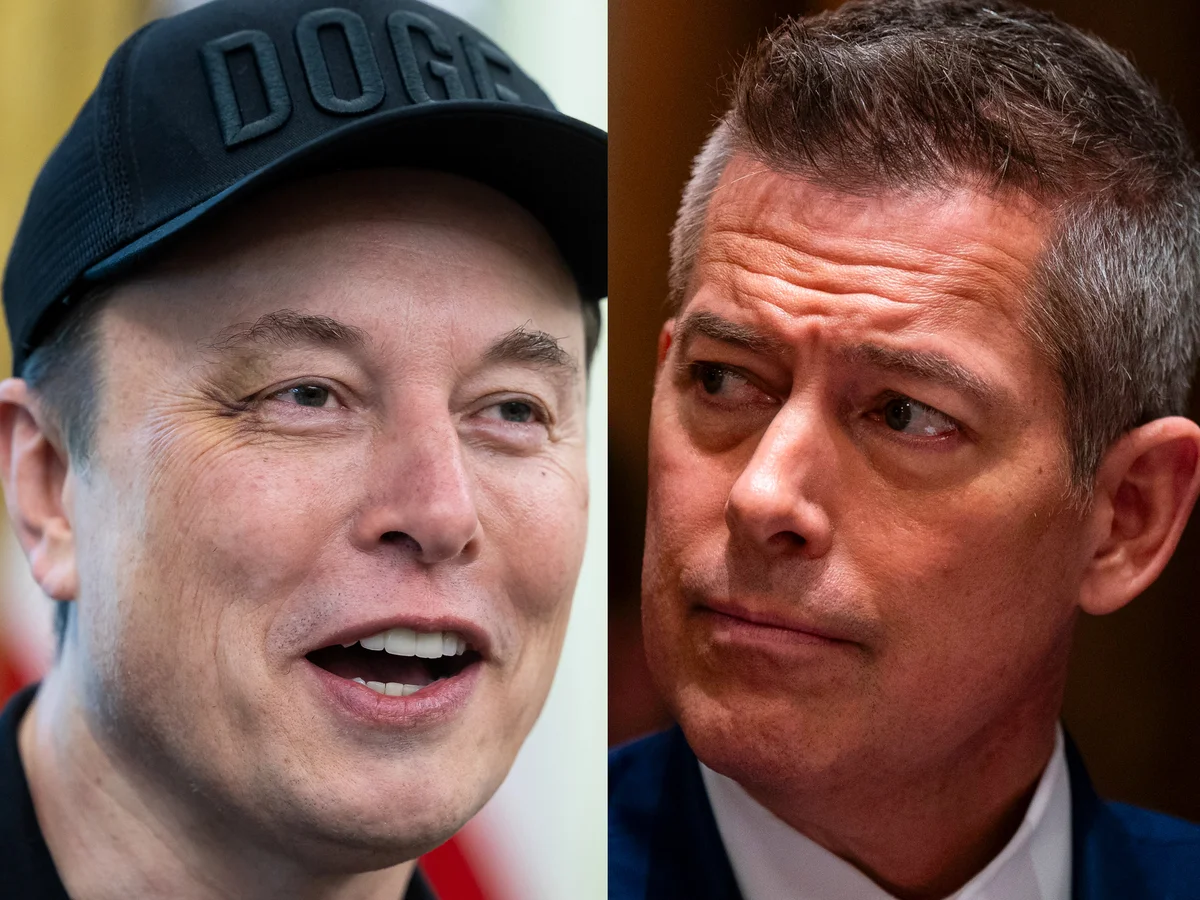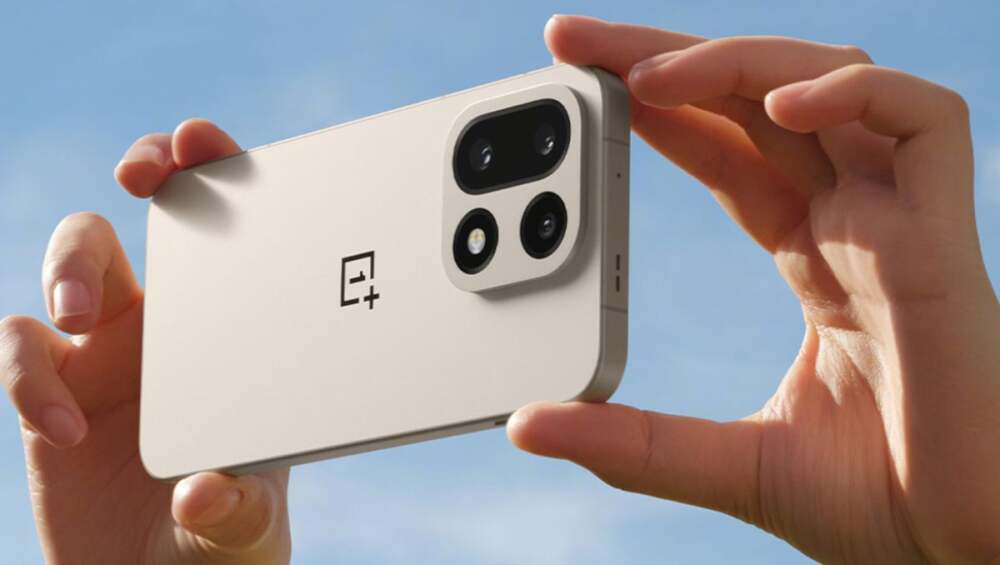The partnership between former Apple design chief Jony Ive and OpenAI has been one of the most anticipated collaborations in the technology world. The project — shrouded in secrecy — promises a next-generation AI hardware device that could redefine the relationship between humans and machines. However, new reports suggest that the effort has encountered significant obstacles, forcing delays and fueling questions about the feasibility of the ambitious vision.
A Radical New Vision for Personal Technology
When news first broke of Ive’s collaboration with OpenAI CEO Sam Altman, it was framed as a revolutionary effort to move beyond traditional tech products such as smartphones or laptops. Ive’s goal was to design a device that reduces digital dependency while still keeping users deeply connected to information and intelligence through AI.
Instead of screens and apps, the project was said to focus on natural interaction — communication through voice, gestures, and environmental awareness. The concept echoed Ive’s long-held belief that good design should “disappear,” becoming a seamless part of daily life rather than a distraction.
At its core, the device was envisioned as an “AI companion”, capable of understanding context, responding emotionally, and integrating smoothly into users’ routines. OpenAI’s models would power the intelligence, while Ive’s design firm, LoveFrom, would shape the physical experience.
The Three Major Obstacles
Despite the creative energy behind the concept, development has been slowed by three major technical and philosophical challenges — each threatening the project’s timeline and design coherence.
1. Processing Power vs. Portability
The first and most critical challenge is achieving the necessary computational performance within a compact, mobile form. Running advanced generative AI models locally requires enormous power, yet Ive’s design philosophy demands minimalism and elegance.
Engineers are struggling to balance these conflicting goals. Embedding AI features that can operate offline, without constant cloud access, is proving extremely difficult. At the same time, data privacy concerns make full reliance on cloud processing controversial. Finding a balance between efficiency, speed, and energy consumption remains a major unsolved issue.
2. Privacy and Constant Listening
The second hurdle lies in privacy. The envisioned device would use microphones and possibly cameras to stay aware of its surroundings, allowing it to react intelligently to users’ needs. However, this “always-on” concept has sparked fears about surveillance and data misuse.
OpenAI’s previous controversies regarding data handling have only heightened public skepticism. Ive, who has long emphasized user trust and discretion in design, reportedly insists that transparency and ethical safeguards must be central to the final product — even if that slows progress.
3. Emotional Design and Human Interaction
The third and most subtle challenge involves human psychology. The device is meant to be personal — even empathetic — but not invasive or anthropomorphic. Developers are exploring how the AI should “speak,” when it should interrupt, and how expressive it should be without feeling artificial.
This is especially complex for Ive, whose design ethos centers on emotional resonance. The goal is for users to feel companionship and trust, not dependency or discomfort. Striking this emotional balance is crucial, and early prototypes reportedly failed to meet expectations, leading to multiple redesigns.
A Shifting Timeline
Sources close to the project say the delays have pushed back the expected launch by several months — perhaps longer. Early rumors of a 2026 debut now appear optimistic. Instead, OpenAI and LoveFrom are believed to be refining prototypes, rethinking power architecture, and experimenting with new sensor arrays to make the experience feel “alive yet invisible.”
Despite the setbacks, investors remain intrigued. The potential market for AI-driven devices that transcend traditional computing could be enormous, especially as smart speakers and virtual assistants show their limitations.
High Stakes for Both Ive and OpenAI
For Jony Ive, this project represents his first major hardware venture since leaving Apple. It’s an opportunity to extend his legacy beyond the iPhone and the MacBook — and to shape a new era of AI design. Failure, however, could cast doubt on his post-Apple trajectory.
For Sam Altman and OpenAI, the project is equally symbolic. It’s the company’s most serious attempt to move into hardware, building a physical interface that embodies its software ambitions. If successful, the device could position OpenAI as not just a software provider but a consumer brand.
A Glimpse Into the Future
Although the product remains under wraps, the few leaked details paint a picture of an AI-powered object designed to blend into the background. It might not even have a screen — relying instead on ambient light, sound, and voice cues to communicate.
In many ways, it’s a rebellion against the smartphone era — an attempt to restore presence, focus, and emotion to human life through design. Ive once said that technology should “serve the spirit, not dominate it,” and this project appears to embody that philosophy.
Still, for all the creative brilliance behind it, the road to realization is steep. The challenges of power efficiency, privacy, and human interaction are not easily solved. Yet if anyone can merge elegance with intelligence, it may be the duo that once redefined what modern technology could look like.
The Bottom Line
Jony Ive’s AI hardware project stands at a critical crossroads. It has the potential to reshape how people interact with artificial intelligence — not through apps or screens, but through intuitive human connection. But first, the team must overcome the formidable technical and ethical barriers standing in its way.
Until then, the world waits for a glimpse of what could be the next great leap in design and intelligence — or one of the boldest unrealized dreams in tech history.
















Leave a Reply